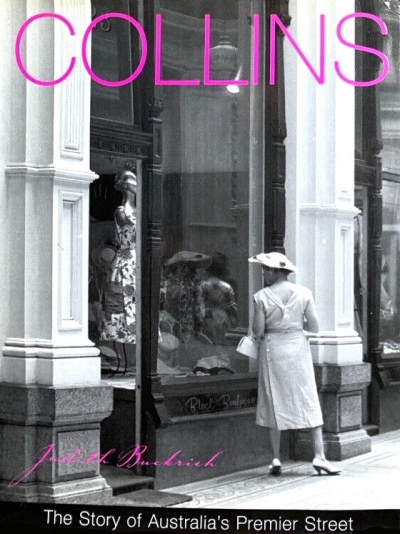Accessibility Tools
- Content scaling 100%
- Font size 100%
- Line height 100%
- Letter spacing 100%
Archive
The ABR Podcast
Released every Thursday, the ABR podcast features our finest reviews, poetry, fiction, interviews, and commentary.
Subscribe via iTunes, Stitcher, Google, or Spotify, or search for ‘The ABR Podcast’ on your favourite podcast app.
‘Where is Nancy?’ Paradoxes in the pursuit of freedom
by Marilyn Lake
This week on The ABR Podcast, Marilyn Lake reviews The Art of Power: My story as America’s first woman Speaker of the House by Nancy Pelosi. The Art of Power, explains Lake, tells how Pelosi, ‘a mother of five and a housewife from California’, became the first woman Speaker of the United States House of Representatives. Marilyn Lake is a Professorial Fellow at the University of Melbourne. Listen to Marilyn Lake’s ‘Where is Nancy?’ Paradoxes in the pursuit of freedom’, published in the November issue of ABR.
Recent episodes:
It wounds, this shift of scale.
As I stand on the balls of my feet
back on my heels only once
to keep even for the painting
and myself clear from excess
of feeling: balanced to look
and half hearing her sleepily say:
I. Claim
Wild birds rise before us, making the noise of a multitude clapping hands.
The men fire, fire again and still they rise, they rise clear out of range and
where they were they leave such wakes of light, they are tearing the blue-black
shadows out of the river; their wing tumult is shadows escaping air. Act
flung back to motives, they arc away from us and scatter till I am fierce
for what I cannot remember and still they rise, the vault is dark with their applause.









